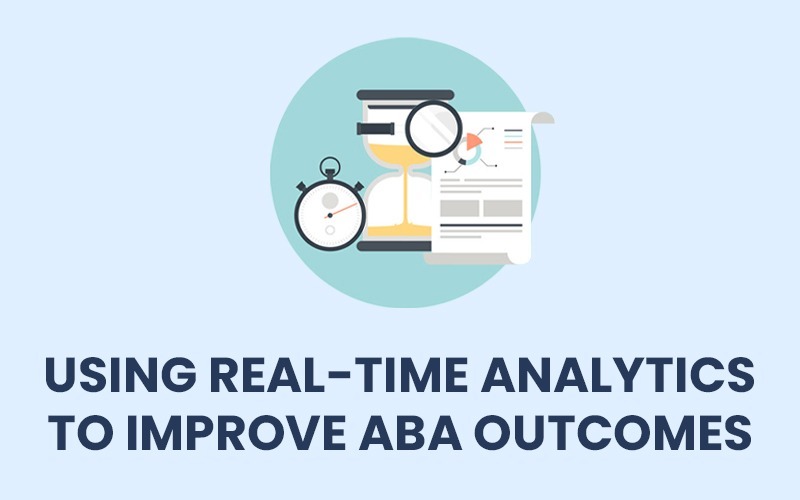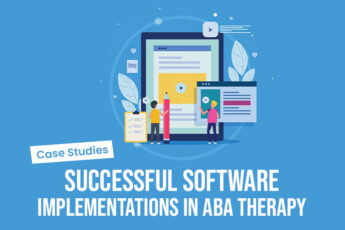ABA helps individuals with autism and other disabilities learn new skills, reduce challenging behaviors, and improve their quality of life. ABA therapists use data to understand each individual’s needs and develop personalized interventions. Traditionally, this process involves gathering data, analyzing it manually, and then making adjustments. Imagine using real-time analytics to speed up ABA therapy and improve outcomes for individuals.
The Power of Real-Time Data: A Paradigm Shift in ABA
Real-time analytics is more than just a buzzword; it represents a fundamental shift in how we approach data within ABA. Imagine a scenario where data is captured instantly, analyzed in real-time, and interventions are dynamically adjusted based on the insights gained. This eliminates the time lag associated with manual data entry and analysis, providing therapists with immediate insights and allowing them to make informed decisions quickly.
Leveraging Real-Time Analytics for Enhanced ABA Outcomes
Real-time analytics can significantly enhance ABA outcomes in several ways:
- Personalized Intervention Design: By analyzing real-time data, therapists can identify an individual’s unique strengths, weaknesses, and preferred learning styles. This enables the creation of personalized goals and intervention plans that are both engaging and effective. Additionally, adaptive learning powered by real-time analytics allows therapists to tailor interventions based on an individual’s performance, ensuring the optimal learning environment and leading to faster progress and better engagement.
- Improved Data Collection and Analysis: Real-time data collection systems eliminate the need for manual recording, saving therapists valuable time and reducing the potential for errors. This allows them to focus more on building rapport with their clients and delivering effective therapy. Automated data analysis helps therapists quickly identify trends, patterns, and areas for improvement, leading to rapid identification of effective interventions and the identification of potential roadblocks.
- Increased Transparency and Collaboration: Real-time progress tracking empowers parents and caregivers, keeping them informed and engaged in the therapeutic process. This promotes a stronger partnership between families and clinicians, ensuring everyone is aligned on goals and outcomes. Moreover, real-time analytics provides a strong foundation for collaborative decision-making. Therapists, parents, and other stakeholders can use data to make informed choices about intervention strategies, goals, and the overall direction of therapy.
The Future of ABA: Powered by Real-Time Analytics
The integration of real-time analytics into ABA therapy is not just a trend; it’s a necessary evolution. By harnessing the power of data, we can empower therapists to provide more personalized, efficient, and effective care. This will ultimately lead to better outcomes for individuals with autism and other developmental disabilities, allowing them to reach their full potential and live fulfilling lives.
Conclusion: DIBS and the Future of ABA
DIBS is committed to helping ABA therapists and organizations harness the power of real-time analytics. In fact, we are revolutionizing their practices. Through our custom software development expertise, we create tailored solutions that streamline data collection, automate analysis, and provide actionable insights. Furthermore, we empower therapists with data tools, creating a future where ABA is more personalized, efficient, and impactful. As a result, we can pave the way for a brighter future for individuals with ASD and their families.







Leave a Comment